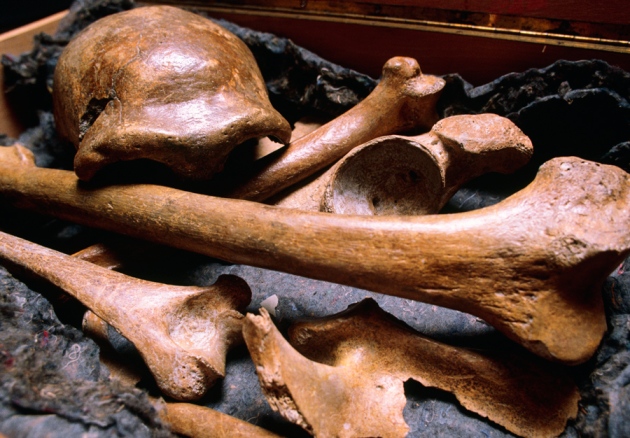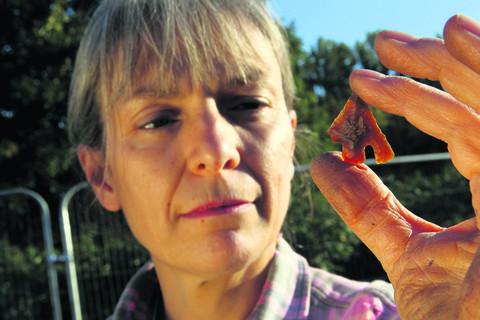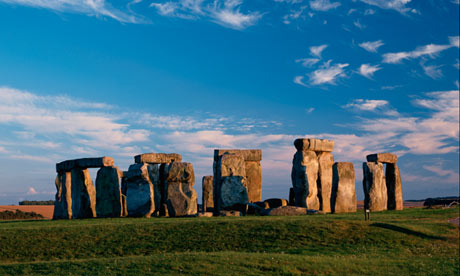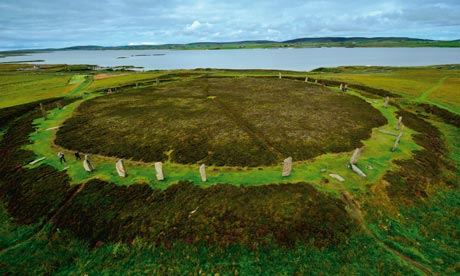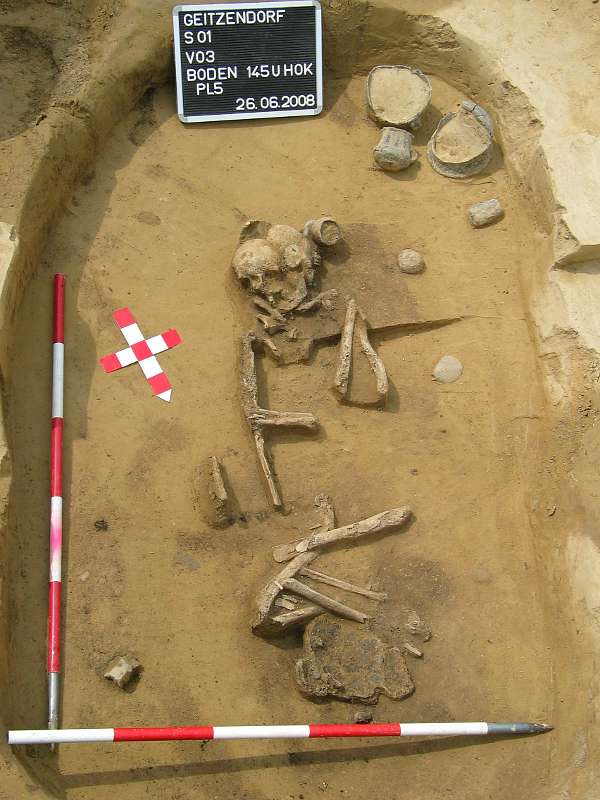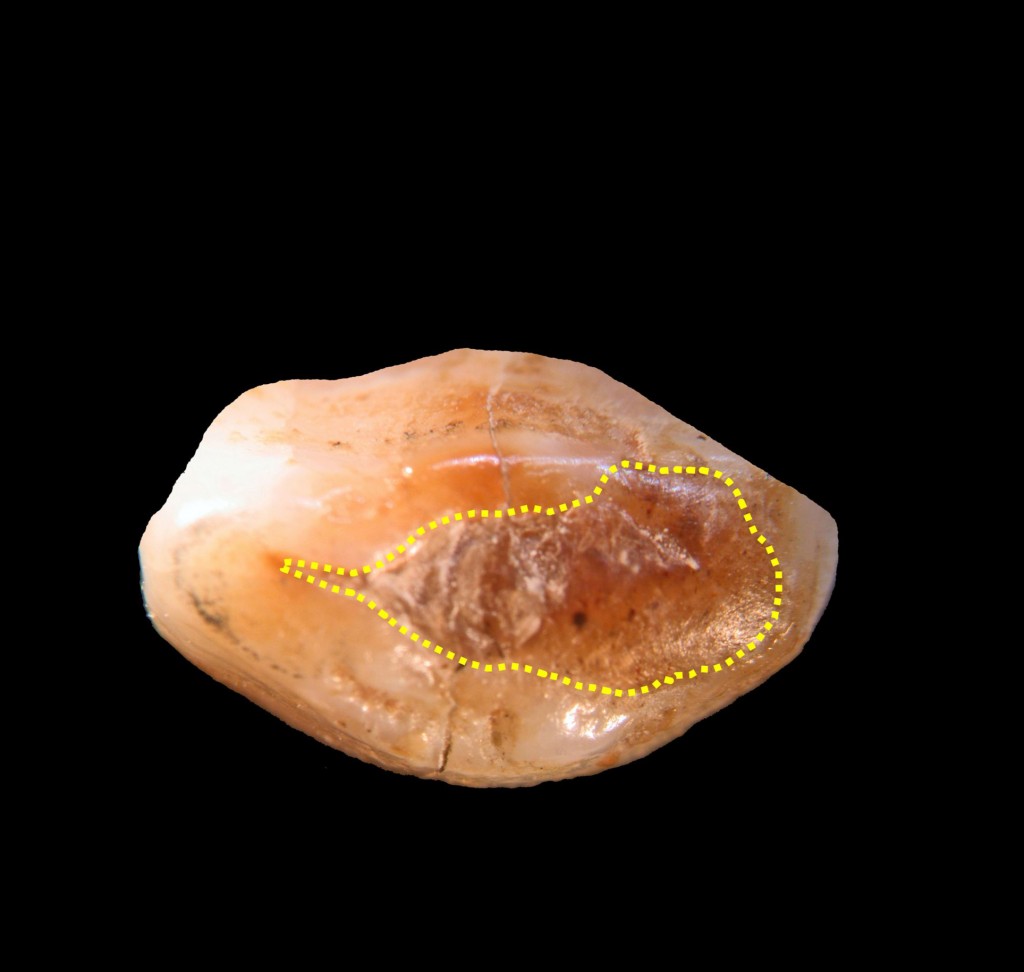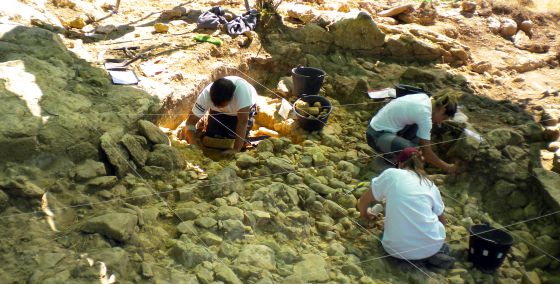Experts working on proto-Elamite hope they are on the point of 'a breakthrough'
The world's oldest
undeciphered writing system, which has so far defied attempts to uncover
its 5,000-year-old secrets, could be about to be decoded by Oxford
University academics.
"I think we are finally on the point of making a breakthrough," says Jacob Dahl, fellow of Wolfson College, Oxford and director of the Ancient World Research Cluster.
Dr Dahl's secret weapon is being able to see this writing more clearly than ever before.
Read the rest of this article...

